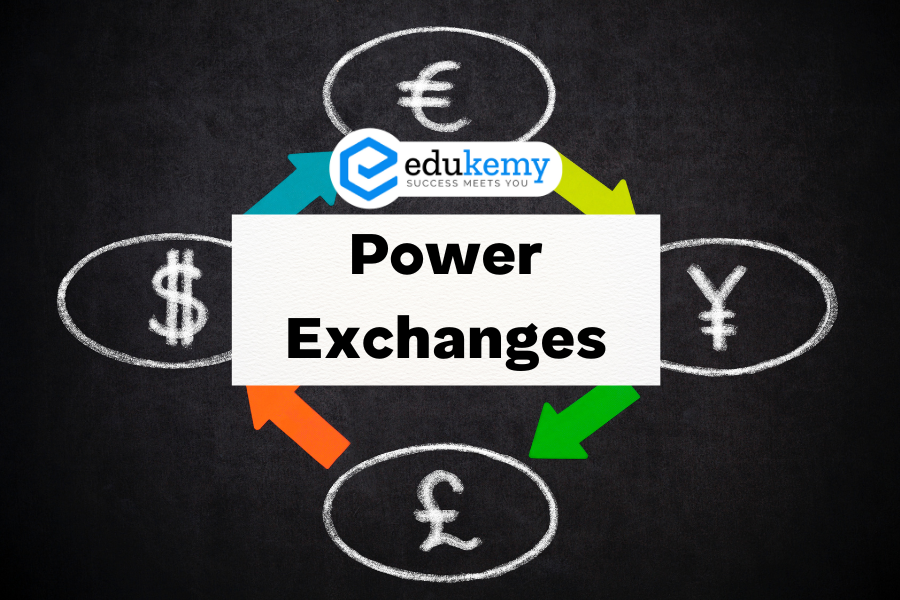
Definition: A power exchange is an institution responsible for conducting auctions to sell power at competitive market prices. It serves as a platform for facilitating the trading of electricity through an automated online system, allowing participants to engage in physical day-ahead contracts.
Regulation: The Central Electricity Regulatory Commission (CERC) in India permitted the trading of electricity through power exchanges in 2008. This regulatory framework established the guidelines for the functioning of power exchanges in the country.
Contents
Operational Power Exchanges in India:
- Indian Energy Exchange (IEX):
- IEX is one of the operational power exchanges in India.
- It provides an automated online platform for physical day-ahead contracts.
- Participants, including power generators, distribution companies, and traders, can submit bids to buy or sell electricity.
- The auction process ensures competitive market prices for electricity.
- Power Exchange of India Limited (PXIL):
- PXIL is another power exchange operating in India.
- Similar to IEX, PXIL facilitates an online platform for trading electricity through auctions.
- It contributes to the efficiency and liquidity of the electricity market by enabling transactions among power market participants.
Functionality:
- Auction Mechanism: Power exchanges conduct auctions where participants submit bids to buy or sell electricity for the day ahead.
- Competitive Market Prices: The auction process helps determine competitive market prices for electricity, ensuring efficiency in the trading of power.
- Market Liquidity: Power exchanges contribute to market liquidity by providing a platform for power companies to buy and sell electricity based on their needs and market conditions.
Significance: Power exchanges play a crucial role in the electricity market, promoting transparency, competition, and efficiency. They provide a mechanism for market participants to engage in fair and competitive trading of electricity, ultimately benefiting both producers and consumers in the power sector.
FAQs
1. What is a power exchange?
- A power exchange is a marketplace where electricity is bought and sold, typically in the form of wholesale transactions. It serves as a platform for electricity producers, consumers, and traders to trade electricity at transparent prices.
2. How does a power exchange work?
- Power exchanges operate on the principles of supply and demand, where participants submit bids to buy or sell electricity for specific time periods and quantities. Through an auction mechanism, prices are determined based on these bids, facilitating efficient allocation of electricity.
3. Who can participate in a power exchange?
- Various entities such as power generators, distribution companies, traders, and large consumers can participate in power exchanges. These participants may engage in transactions to manage their electricity supply or demand, hedge risks, or seek arbitrage opportunities.
4. What are the benefits of using a power exchange?
- Power exchanges promote competition, transparency, and efficiency in electricity markets. They enable price discovery, facilitate access to diverse sources of electricity, and provide flexibility for participants to manage their energy portfolios. Additionally, they can help integrate renewable energy sources and support grid stability.
5. Are power exchanges regulated?
- Power exchanges are typically regulated entities subject to oversight by relevant governmental or regulatory bodies. Regulations ensure fair and orderly operation of the market, adherence to market rules, and protection of stakeholders’ interests, including consumers and market participants. Regulatory frameworks may vary across different jurisdictions.
In case you still have your doubts, contact us on 9811333901.
For UPSC Prelims Resources, Click here
For Daily Updates and Study Material:
Join our Telegram Channel – Edukemy for IAS
- 1. Learn through Videos – here
- 2. Be Exam Ready by Practicing Daily MCQs – here
- 3. Daily Newsletter – Get all your Current Affairs Covered – here
- 4. Mains Answer Writing Practice – here

